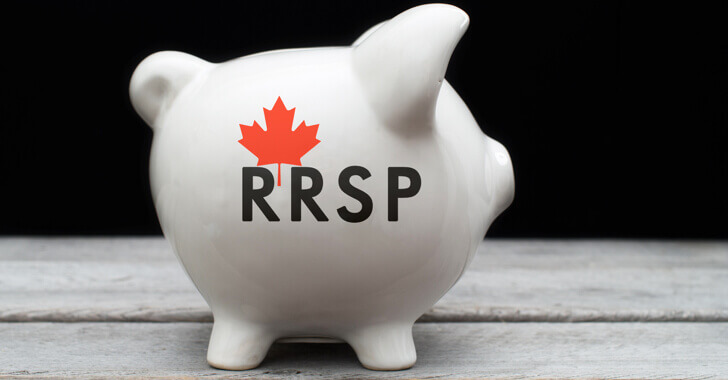What is the Home Buyers’ Plan?
Under the federal government’s Home Buyers’ Plan, you can use up to $25,000 of your RRSP savings ($25,000 per person or $50,000 for a couple) to help finance your down payment towards a new home.
To qualify, the RRSP funds that you are using must have been deposited at least 90 days prior to the down payment. You must also provide a signed agreement to buy or build a qualifying home.
The biggest advantage to this plan is that the withdrawal is not taxable as long as you repay it within a 15-year period. The payback amount must be at least one-fifteenth of the amount you withdrew from your RRSP each year.
Advantages

Using your RRSP’s as a down payment is a great option as you have the ability to draw from your existing saved resources and it might possibly allow you to provide the 20% down payment needed to avoid having to pay default insurance premiums.
Even if you already have enough money for your down payment, it may make sense to access your RRSP savings through the Home Buyers’ Plan. For example, if you have already saved $25,000 for a down payment and assuming you still had enough “contribution room” in your RRSP for a contribution equal to that amount, you could move your savings into an RRSP at least 90 days before your closing date. Then, simply withdraw the money through the Home Buyers’ Plan.
Therefore, your $25,000 RRSP contribution will act as a tax deduction on your personal income tax return which can save you a hefty amount in tax dollars.
Nonetheless you will still be able to access this money to purchase your new home. You can then use any tax refund you receive to repay the RRSP withdrawal or other expenses related to buying your home. But remember, you will have to repay that amount back to your RRSP at some point over the next 15 years.
Considerations

It’s very important to your overall plan that both the pros and cons of this strategy be reviewed. There are a number of questions you should be asking yourself about this strategy:
• Will you repay the required amount each year?
• Is it the right time to cash out your RRSP (i.e., this depends on the investments and rate of return you are getting on your current investment)?
• Is it worth forgoing the future tax sheltered growth potential of your RRSP in favour of reducing the mortgage amount (including default insurance premiums, total interest costs, etc.)
For most Canadians, taking money out of your existing RRSPs through the Home Buyer’s Plan is advantageous, but like all major life decisions, make sure you properly assess the pros and cons of doing so.
As Chartered Accountants in Toronto and Mississauga we can help to see if withdrawing from your RRSPs’ is the best option for you. Feel free to drop me an email at junaid.usmani@srjca.com to discuss your current situation and the right strategy for you.
